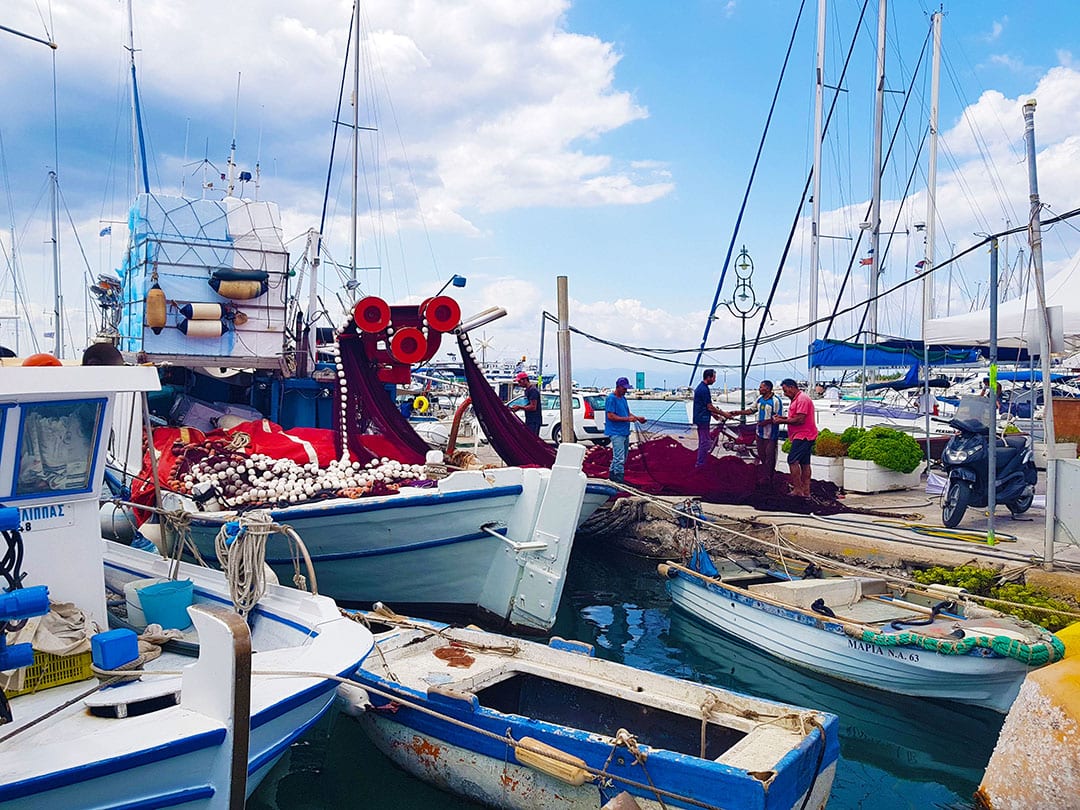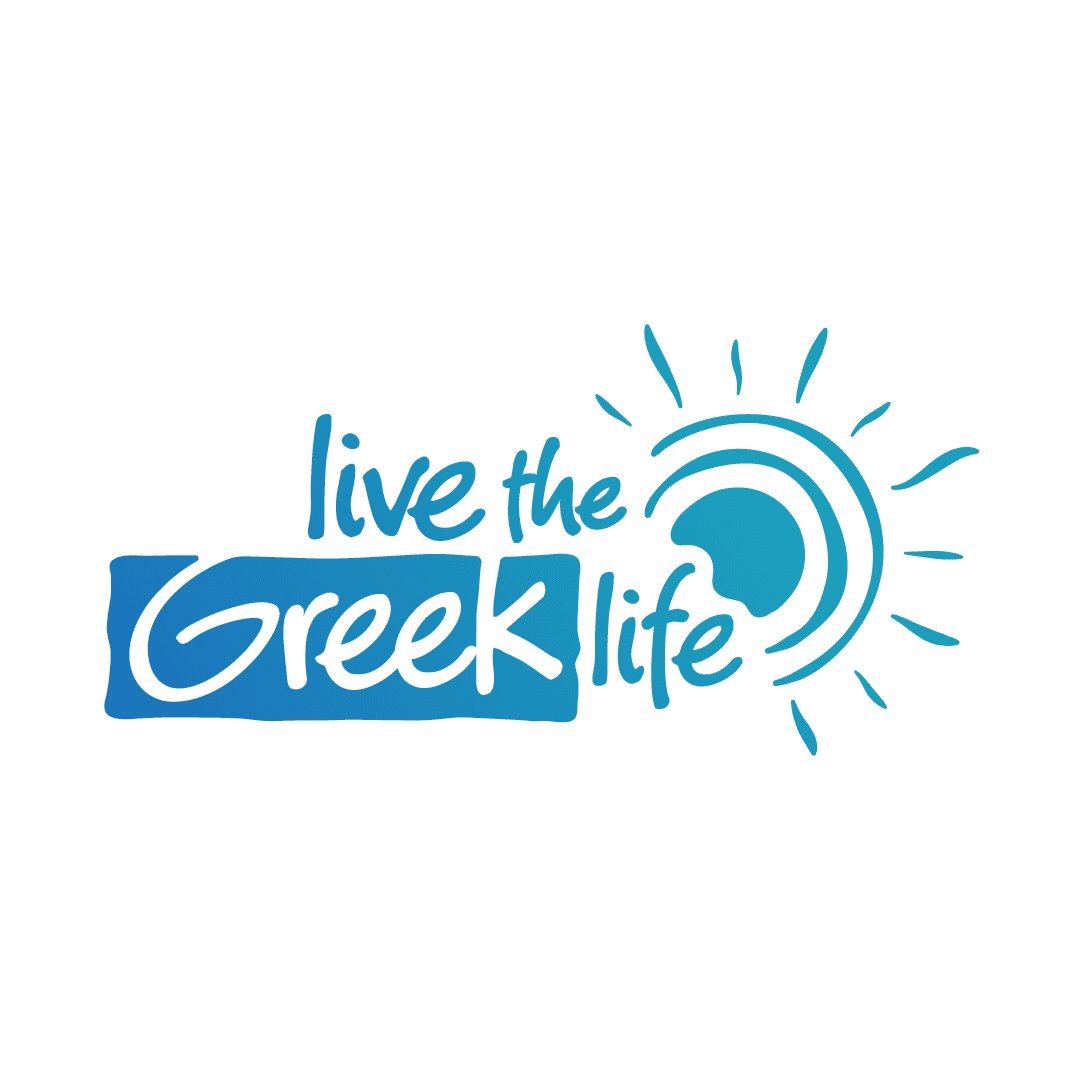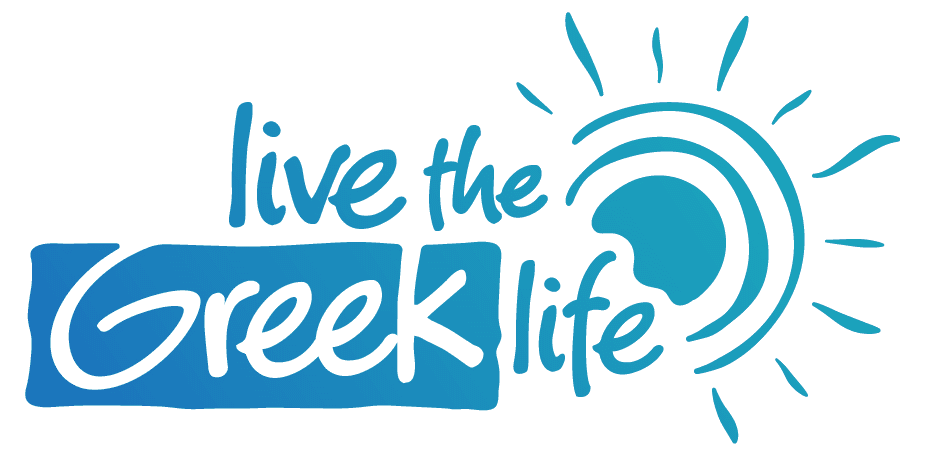
All you need to know about Aegina island!
According to legend, the island of Aegina was originally known as Oenone, however after the God Zeus carried off the nymph Aegina and held her hostage upon the island, she eventually gave birth to a son, Aeacus, who renamed the island after his mother. Aegina is the perfect destination for a weekend getaway being the closest island to Athens; just 16.5 nautical miles from Pireaus harbor. Despite its size, the island possesses a number of great sights and natural landscapes to explore, as well as charming fishing villages, beautiful beaches, and impressive archaeological sites.
Sights
Aegina is famous for being one of Greece’s earliest maritime powers and for minting the earliest coins in Greece. It also possesses one of the most important Greek landmarks, the Temple of Aphaea. The Temple of Aphaea is part of Greece’s ‘Sacred Triangle’ together with the Parthenon in Athens and the Temple of Poseidon in Sounio. When seen on a map these three landmarks form a perfect isosceles triangle. It is suggested that these three temples were positioned on points of natural energy or that they perhaps mapped the stars above. Aegina’s sightseeing highlights include:
The Aphaea Temple: Built in 500BC. This is the most important landmark on the island as it is part of Greece’s ‘Sacred Triangle’. The Sanctury of Apollo Delfinios: Dedicated to the God, Apollo. Built in the 6th century BC; it is older than the Parthenon in Athens.
Saint Nektarios Monastery: The largest monastery in the Balkans. Built in the 20th century on a site of a Byzantine Monastery. Tower of Markellos: Built in 1821 by the War of Independence hero, Spiridon Markellos.
The house of Nikos Kazantzakis: The house of the renowned Greek writer and philosopher, Nikos Kazantzakis.
Museums: The Archaelogical Museum, Historical Folklore Museum.
Beaches
Most of Aegina’s beaches are small, however they all have tourist facilities and boast crystalline waters on a backdrop of enchanting landscapes.
Souvala: This beautiful sandy bay is popular for it’s therapeutic hot and cold springs. It possesses azure waters, facilities and is dotted with beachside tavernas and restaurants.
Agia Marina: The blonde bay of Agia Marina lies East of the capital in the picturesque seaside resort of the same name. It is a partly organised beach but still manages to emit a secluded vibe. Some wonderful fish tavernas line the beachfront.
Marathon: This idyllic bay is found in the gorgeous fishing village of Marathon. It’s azure waters are surrounded by lush green foliage and some of the best fish tavernas on the island. This beach is rather quiet and has an unspoiled quality.
Perdika: In the charming fishing village of Perdika lies a beach of rock and sand. It offers fantastic views of the Peloponnese and it’s neighboring islet Moni. Rich green surroundings engulf the bay adding a serene ambience. The waters here are wonderfully clear and fresh.
Local cuisine
Aegina boasts some enchanting fishing villages and therefore offers superb seafood dishes and plentiful amounts of fresh fish. Specialties of the island include octopus (locals say the best is in the village of Perdika) and Taramascalata a fish caviar paste. Aegina is renowned as one of the first and highest quality pistachio producers in the world. Products include pistachio: butter, pesto, paste, nougat, honey, and candies. Cultivation began in 1860 on the island of Aegina and slowly expanded to Athens and the rest of Greece. The pistachio nut is now a PDO food of Greece. Other dishes to try whilst of the island are Stifado a rabbit stew and Kokoras Krasatos, cockerel in a rich red wine sauce.
Notable events and festivals
Like all Greek islands, the traditional feasts of Aegina are accompanied by delicious food, local wine and lots of dancing! The most famous feast on the island is the celebration of Agios Nektarios, the patron saint of the island. This event is celebrated twice a year on September 3rd and November 9th and usually entails pilgrims attending liturgies at the Monastery of Nektarios, followed by festivities throughout the island.
Another notable event is the Pistachio Festival that takes place in September. As mentioned before, Aegina is the original producer of pistachio nuts and so this festival celebrates the nut’s origin and the island’s local products. The port promenade of the island’s capital is lined with a long trade market selling delicious pistachio specialties and throughout the island various cultural events take place like: cooking lessons, theater performances, music concerts and art exhibitions.


